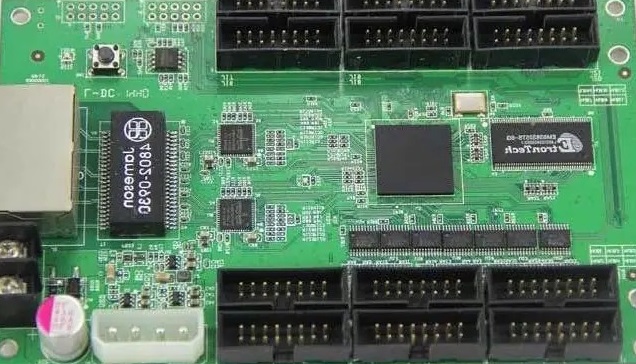In the electronics manufacturing industry, PCBA functional test is a key link to ensure that the product from design to mass production. Whether it is consumer electronics, industrial equipment or new energy vehicles, the functional stability of the PCBA directly determines the performance and reliability of the end product. PCBA funtional test
First, the type of PCBA functional testing
The core objective of functional testing is to verify the performance of PCBA in simulating the actual use of the scene, the common types of tests include:
(1) basic function test (FCT)
By simulating user operations (e.g., key triggering, signal input and output), verify whether the hardware and software functions of the PCBA are normal. For example, test whether the LED lights are lit as designed, whether the communication interface can transfer data normally, etc.
(2) Environmental adaptability test
Including high temperature, low temperature, humidity cycle and other tests to simulate the working condition under extreme environment. For example, the PCBA is placed in an environment of -40℃ to 85℃ to verify its functional stability.
(3) Reliability test
Such as vibration test (to simulate mechanical shock during transportation or use), salt spray test (to assess corrosion resistance), welding strength thrust test (to detect the reliability of solder joints), etc.
(4) Long-term fatigue test
Through high-frequency repetitive operations to predict the probability of failure of PCBA in long-term use, such as continuous switching test or signal load cycle test.
Second, the need for functional testing PCBA funtional test
(1) Enhance the product qualification rate
Functional testing can detect design defects or production problems (such as false soldering, component misalignment) at an early stage to avoid bulk rework. According to statistics, through a rigorous testing process, the PCBA one-time pass rate can be increased by 20% -30%.
(2) Reduce after-sales risk
Untested products may lead to customer complaints or even safety accidents. For example, if the PCBA of new energy vehicles fails in a vibration environment, it may trigger system downtime and jeopardize driving safety.
(3) Meet industry standards
Automotive electronics, medical equipment and other areas of PCBA reliability requirements are stringent, functional testing is necessary to meet the ISO, IPC and other industry certification.

PCBA assembly
Third, the necessary conditions for functional testing
(1) customized test fixtures
According to the PCB design documents to develop a special test frame (such as FCT fixtures), to ensure that the test point and the physical connection of the PCBA accurate match.
(2) Automated Test Equipment (ATE)
Combine with software programs to realize automated testing, such as uploading MCU firmware through burner and real-time acquisition of voltage, current and other parameters.
(3) Standardized test procedure
Including fixture calibration, test program version control, data recording and analysis to ensure the repeatability of test results.
(4) Professional team and training
Operators need to be familiar with the use of test equipment and failure analysis, such as strain gage detection of solder joint stress, need to master the IPC-9704 standard data interpretation methods.
Fourth, the importance of pre-shipment function test
After the completion of PCBA assembly, pre-shipment functional testing is the final line of defense can not be omitted:
(1) to ensure delivery quality
Through the full inspection or sampling test to exclude potential problems caused by transportation or storage (such as electrostatic damage or loose components).
(2) Maintain brand reputation
Stable product performance can reduce customer return rate and enhance market competitiveness. For example, a chip processing factory reduced the customer complaint rate by 45% by introducing automated test equipment.
(3) Cost Control
The return cost after shipment is usually 5-10 times the cost of in-plant maintenance, advance testing can significantly reduce after-sales costs.
Fiveth. Ensure the quality of products before shipment
(1) Functional integrity
All design features (such as communication, power management) need to be 100% through the test, to prevent “semi-finished products” into the market.
(2) Environmental tolerance
The product should pass the high and low temperature cycle (-40℃~125℃), humidity (85% RH) and other tests to ensure stable operation under extreme conditions.
(3) Mechanical Reliability
Solder joint thrust needs to meet IPC standards (e.g. resistive element thrust ≥3kgf) to avoid desoldering due to vibration.
(4) Appearance and labeling
Check whether there are scratches and stains on the surface of PCBA, and whether the silkscreen of the components is clear, in line with the customer's acceptance standards for appearance.
PCBA functional test is not only the electronic manufacturing process “gatekeeper”, but also a strategic tool for enterprises to realize cost reduction and efficiency, and win the market. PCBA funtional test With the popularization of intelligent equipment, test technology is moving towards high precision, automation direction (such as AI-driven defect detection system). Only by integrating functional testing into the whole cycle of design, production and shipment can we take the high ground in quality in the globalized competition.